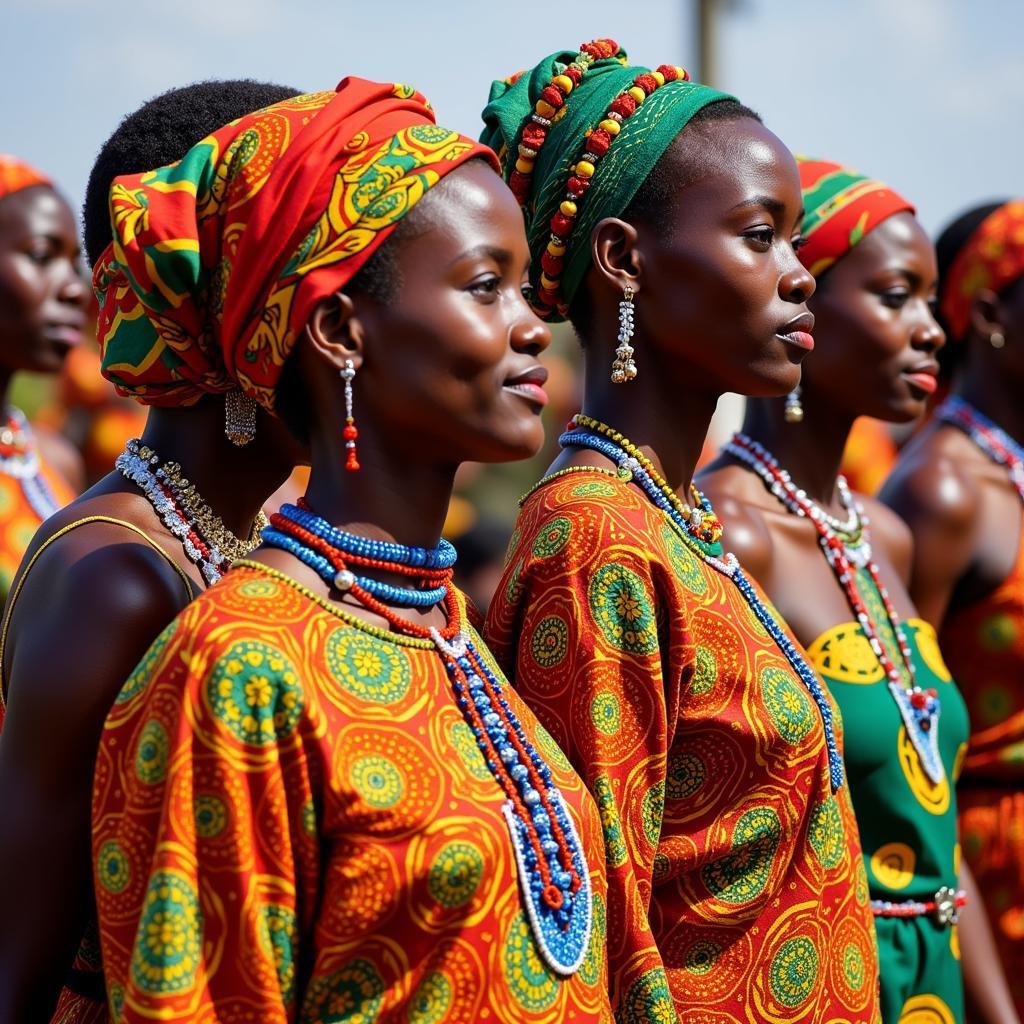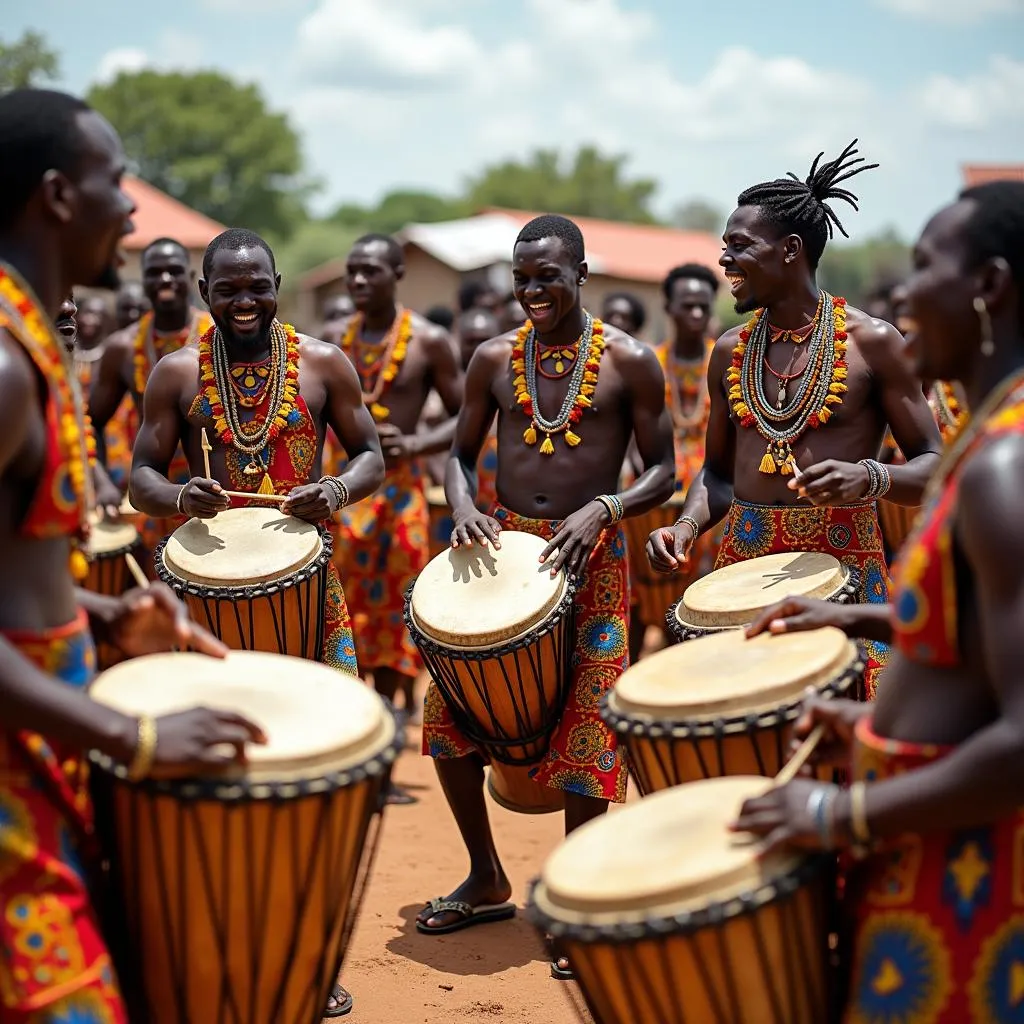Barbary Lion vs African Lion Size: Unraveling the Majestic Differences
The enthralling world of lions often sparks a question amongst wildlife enthusiasts: what’s the difference between a Barbary lion and an African lion, especially in size? Sadly, the mighty Barbary lion, once a majestic inhabitant of North Africa, is now extinct in the wild. However, their legacy lives on, allowing us to compare these two magnificent subspecies.
Unveiling the Giants: A Tale of Two Lions
While both belonging to the Panthera leo species, the Barbary lion (Panthera leo leo) and the African lion (Panthera leo melanochaita) boast unique characteristics.
The most apparent distinction lies in their mane. The Barbary lion was renowned for its long, flowing mane that extended over its shoulders and down its belly, a stark contrast to the shorter, less extensive mane of the African lion.
Size Matters: Did the Barbary Lion Reign Supreme?
Historical records and scientific studies suggest that the Barbary lion, on average, slightly surpassed the African lion in size. While specific measurements varied, adult male Barbary lions reportedly reached lengths of 9.8 – 10.8 feet and weighed between 400 – 550 pounds. In comparison, African lions typically range from 8.2 – 10.5 feet in length and weigh between 330 – 550 pounds.
This size difference, though not drastic, might be attributed to the Barbary lion’s harsh, mountainous habitat in North Africa, which potentially favored larger, more robust individuals.
More Than Just Size: Other Distinguishing Features
Besides size and mane differences, subtle variations in skull structure and facial features differentiate the two subspecies. Barbary lions possessed a broader muzzle and a more prominent sagittal crest (a bony ridge on top of the skull), suggesting stronger jaw muscles and bite force.
A Legacy Lost: The Extinction of the Barbary Lion
Sadly, habitat loss, hunting, and capture for menageries led to the extinction of the Barbary lion in the wild by the early 20th century. However, some believe that descendants of these majestic creatures might still exist in captivity, carrying the genetic lineage of their ancestors.
Conclusion: Remembering the Kings
While the size difference between the Barbary lion and the African lion might have been slight, their unique characteristics cemented their place as magnificent creatures. Though the roar of the Barbary lion no longer echoes in the wild, understanding their legacy reminds us of the importance of conservation and the irreplaceable beauty of our planet’s biodiversity.



